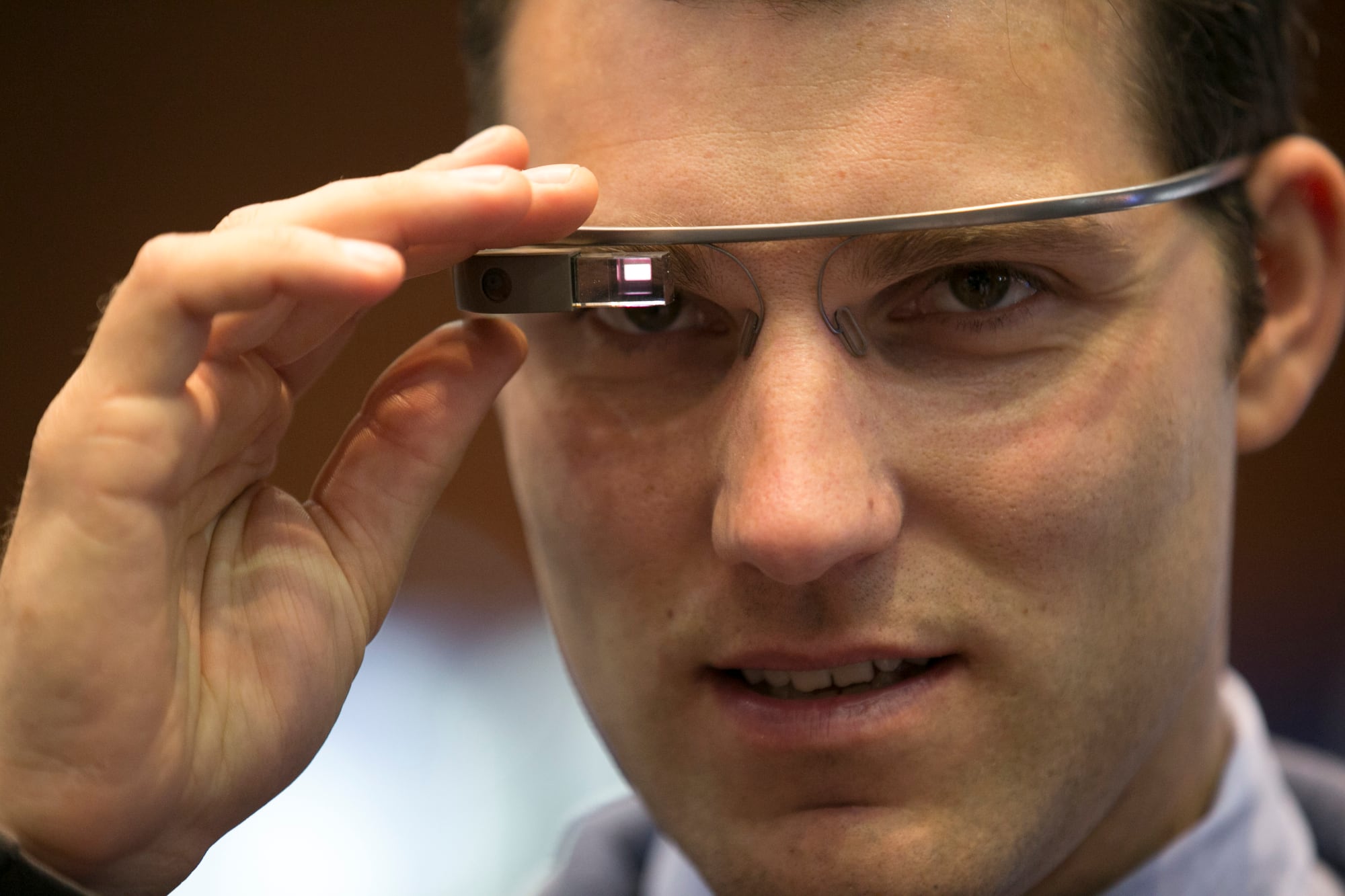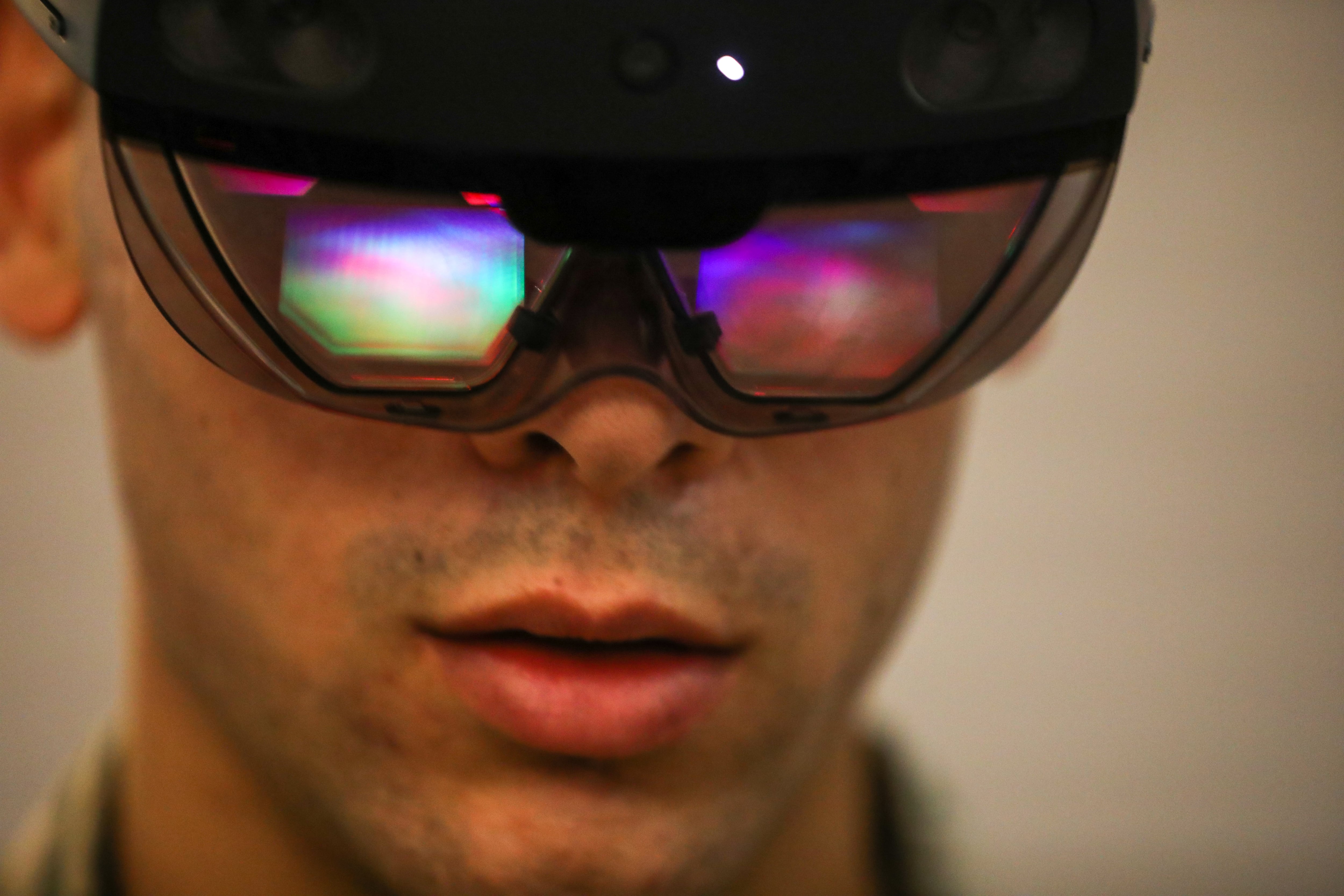TAMPA, Fla. — Special operators are looking for some serious upgrades to their eyewear and weapons optics.
Acquisition experts with U.S. Special Operations Command laid out current projects here at the Special Operations Forces Week conference, including the Day and Night Heads Up Display.
“Think of it like Google Glass,” said Lt. Col. Tosh Lancaster, program executive officer for USSOCOM’s lethality programs.
The ballistic eyewear will likely feature augmented reality to feed information into the user’s view that could be used during the day. But it would also pair with existing night vision devices.
Lancaster said the command is interested in displaying only the data needed in the moment and noted that displays must be configurable.
“We want to give them the right information at the tactical edge, already analyzed so they can make quick decisions where they are,” the officer added.

The Army has been working on the Integrated Visual Augmentation System since 2019. The $22 billion program’s device is scheduled for final testing this year. It is a helmet-mounted device that combines thermal, night vision and augmented reality features.
But the ideal eyewear for special operations would be a much lighter, single item that combines eye protection with an information display.
Lancaster also discussed the digital projection close-quarters sight, a short-range weapons optic that would cut the need to mechanically boresight the optic with the weapon. If successful, the new optic would eliminate “thermal drift,” Lancaster said, which is a technical problem where temperature can cause a holographic weapon sight’s point of aim to shift off target by as much as a foot.
Also on the eyewear front, Adam Fields, the program officer for protection and integration with USSOCOM, asked industry for the “magic lens” that would solve many vision device problems for operators. The preferred lens would offer ballistic and laser protection as well as transition from clear for indoors or nighttime use to tinted for daytime use.
That way, Fields said, “I don’t have people with a big bag full of lenses going: ‘Hold on, I got to switch my lens out to the smoke lens because I’m going outside.’ ”
Todd South has written about crime, courts, government and the military for multiple publications since 2004 and was named a 2014 Pulitzer finalist for a co-written project on witness intimidation. Todd is a Marine veteran of the Iraq War.





